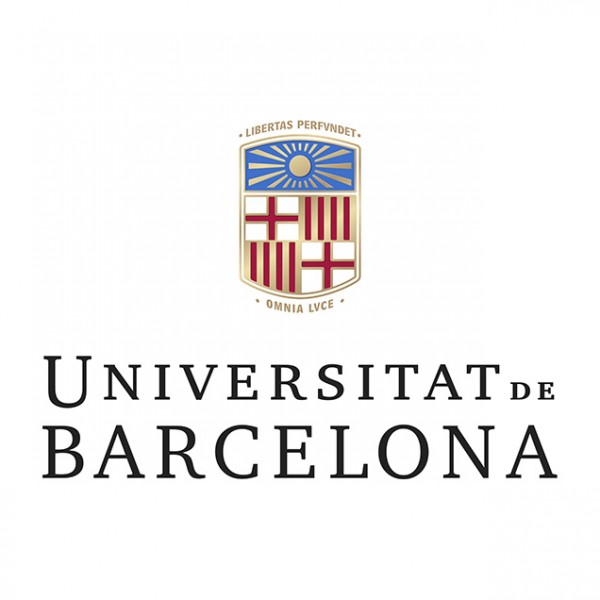ICCUB Seminar – Supermassive black holes as the regulators of star formation in central galaxies [NOT TRANSLATED]

With this concern in mind, we present a relationship between the black hole mass, stellar mass, and star formation rate of a diverse group of 91 galaxies with dynamically-measured black hole masses. For our sample of galaxies with a variety of morphologies and other galactic properties, we find that the specific star formation rate is a smoothly decreasing function of the ratio between black hole mass and stellar mass, or what we call the specific black hole mass. In order to explain this relation, we propose a physical framework where the gradual suppression of a galaxy's star formation activity and gas cooling results from the adjustment to an increase in specific black hole mass and, accordingly, an increase in the amount of gas heating.
From this framework, it follows that galaxies with intermediate specific black hole masses are in a steady state of partial quiescence with an intermediate amount of gas cooling and intermediate specific star formation rates, implying that both transitioning and steady-state galaxies live within this region known as the "green valley." With respect to galaxy formation models, our observational results present an important diagnostic with which to test various prescriptions of black hole feedback and its effects on star formation activity.
Contact email: secretariacientifica(a)icc.ub.edu [NOT TRANSLATED]
